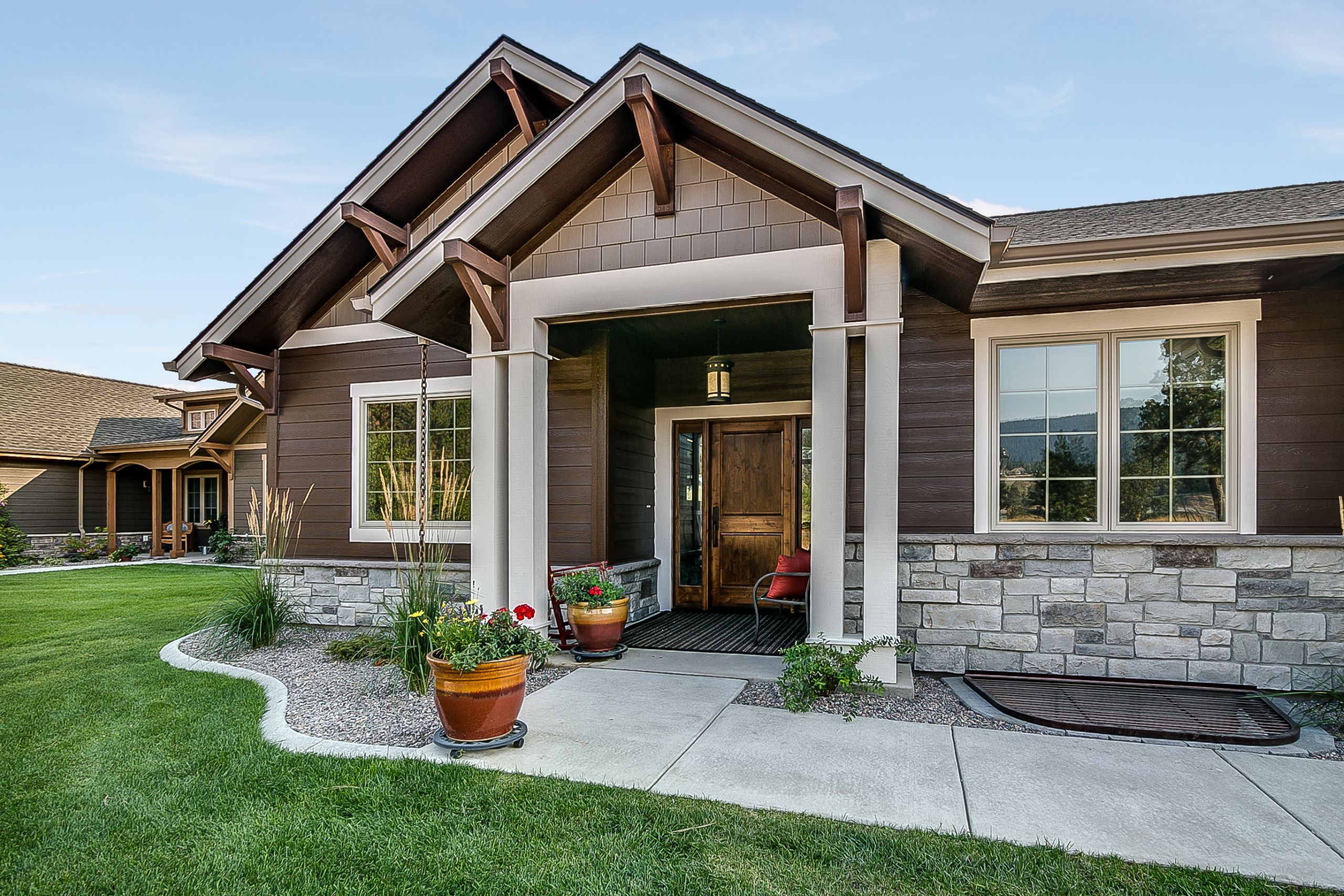
1. Consider Downsizing
- Assess Your Needs: Determine the size of the home you need. Smaller homes mean less maintenance and lower utility costs.
- Accessibility: Look for homes with single-story designs, wide doorways, and minimal stairs to ensure ease of mobility.
2. Advantages of New Builds
- Low Maintenance: New homes come with modern systems and appliances that require less maintenance.
- Energy Efficiency: New constructions typically use better insulation and energy-efficient windows and appliances, reducing utility bills.
- Customization: Buying before construction allows for customization to suit your preferences.
3. Vetting Builders and Contractors
- Research: Look for builders with good reputations. Check reviews, testimonials, and ratings from previous clients.
- Visit Previous Projects: Visit homes the builder has completed to assess quality.
- Verify Credentials: Ensure the builder is licensed and insured. Check for any past legal issues or complaints.
4. Evaluating Home Prices
- Market Comparison: Compare the price with similar new homes in the area to ensure it’s competitive.
- Inclusions: Understand what’s included in the price—fixtures, landscaping, appliances, etc.
- Negotiation: Be open to negotiating the price and terms.
5. Financing Options
- Mortgage Pre-Approval: Get pre-approved for a mortgage to understand your budget.
- Builder Financing: Some builders offer financing packages which can be convenient.
- Consider Future Costs: Factor in property taxes, insurance, and homeowner association fees.
6. Hidden Costs
- Upgrades: Customizations and upgrades can add significant costs.
- Closing Costs: Include legal fees, inspection fees, and title insurance.
- Moving Expenses: Plan for the cost of moving and setting up your new home.
7. Inspecting the Home
- Professional Inspection: Hire a professional inspector to check for any defects.
- Safety Checks: Ensure the home meets safety standards for electrical wiring, plumbing, and structural integrity.
- Appliance Checks: Test all installed appliances to ensure they are in working order.
- Building Materials: Verify that quality materials were used and that they are installed correctly.
8. After Moving In
- Home Warranty: Most new homes come with a warranty. Understand what it covers and for how long.
- Maintenance Plan: Establish a regular maintenance routine to keep the home in good condition.
- Insurance: Ensure you have appropriate homeowners insurance.
9. Community and Amenities
- Amenities: Look for communities with amenities that fit your lifestyle, such as fitness centers, pools, and social clubs.
- Proximity to Services: Ensure the home is close to healthcare, shopping, and other essential services.
By following these tips, you can make an informed decision when buying a new or not-yet-built home for your retirement, ensuring it meets your needs and provides a comfortable, low-maintenance living environment.
-Phan Trần Hương-
